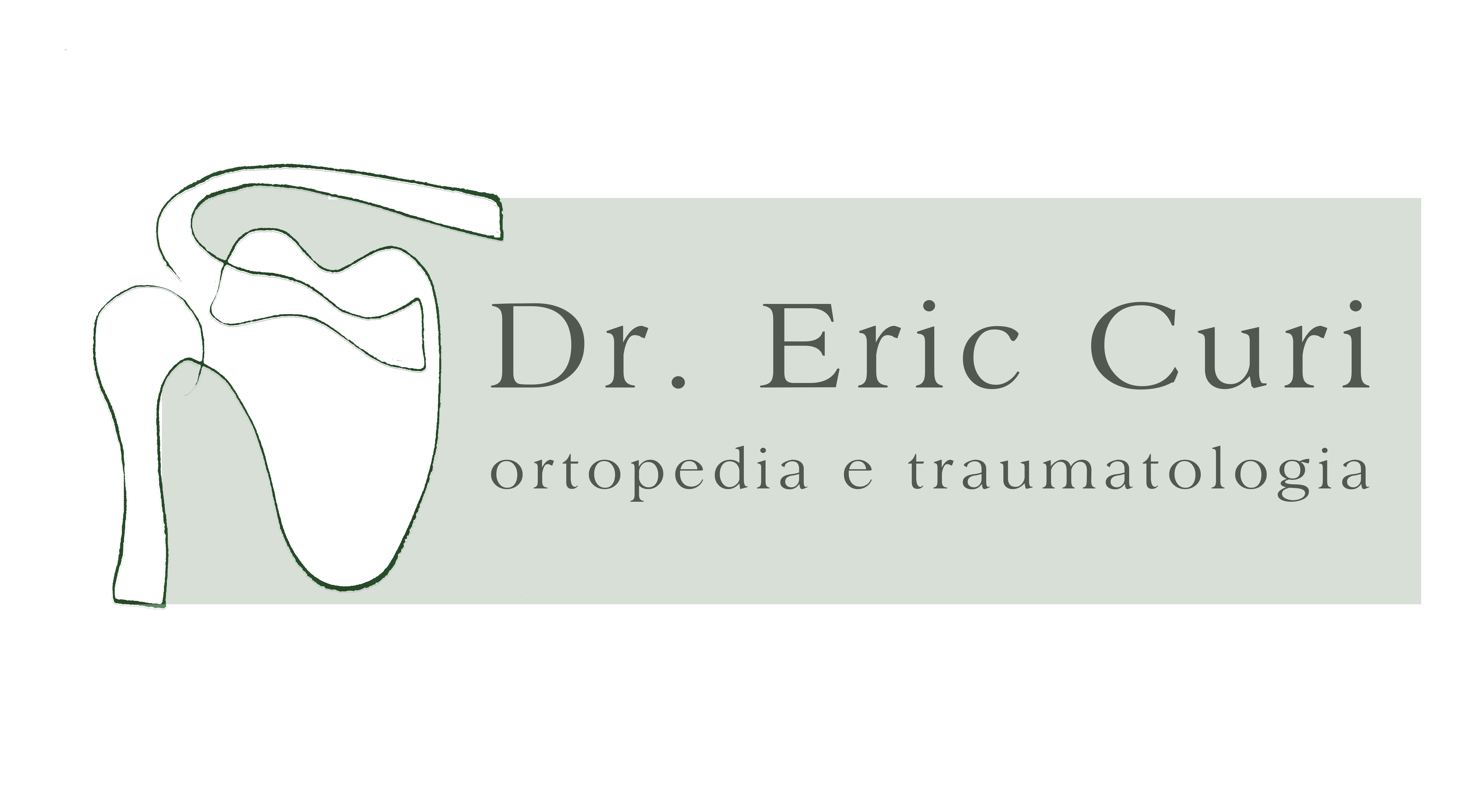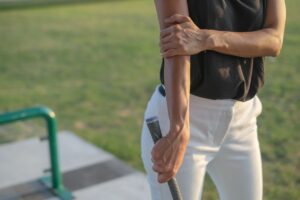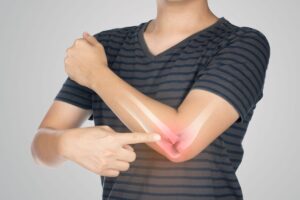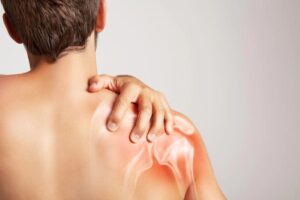Meet Dr. Eric Curi, Orthopedic Surgeon and Traumatologist, specialist in Shoulder and Elbow surgery in São Paulo.
Joint Injuries | Sprain
Shoulder Pathologies
Elbow Pathologies
General Orthopedics
Últimos Artigos
Popularly known as a twist, sprains are very common joint injuries, especially among athletes and active individuals. From an orthopedic perspective, a “twist” refers to the mechanism of the trauma: a torsional injury often causes a sprain (but can also cause fractures).
A sprain is characterized by the stretching or tearing of ligaments, which are the structures that connect bones in a joint and stabilize it. In this text, we’ll explain more about this diagnosis to ensure you’re well-informed and can take the right steps if needed.
Joints are formed by the meeting of two bones, allowing mobility. They are biomechanical structures that include various elements working together to allow movement and stability. The ends of bones are covered by cartilage, a smooth and resilient tissue made up of cells (chondrocytes), collagen, water, and proteoglycans. This articular cartilage is extremely valuable and essential for proper joint function. When this cartilage experiences “wear,” we refer to it as osteoarthritis or simply arthritis.
Ligaments are cords or bands made of dense connective tissue containing elastic and collagen fibers. They surround joints, keeping them together and providing stability. Additionally, they act as guides for joint movements, offering high resistance to traction. Both cartilage and ligaments are essential for proper joint function. When we suffer a sprain, these are the main structures that get injured.
What Is a "Sprain"?
A sprain is an orthopedic diagnosis. The trauma causing a sprain is typically torsional in nature. When a sprain occurs, a joint moves beyond its capacity, causing a ligamentous and articular cartilage injury. If the trauma results in a broken bone, the diagnosis changes to a fracture.
In a sprain, the ligaments that connect the bones of a joint are stretched or torn due to the torsional trauma that causes the joint to bend beyond its limits. This can happen during physical activity, accidents, or even routine movements.
Main Risk Factors for Sprains:
- Obesity and overweight
- Sedentary lifestyle
- Sports accidents
- Contact sports
- Walking or running on uneven surfaces
- Improper footwear
- Lack of warm-up
- Muscle fatigue
Which Joints Are Most Prone to Sprains, and What Are the Symptoms?
Certain joints are more prone to sprains, but regardless of the joint, sprains always lead to the following symptoms, to varying degrees: pain, swelling, bruising, local heat, and difficulty moving the affected joint.
- Ankle: Due to its structure and the physical risk it faces when supporting body weight while walking, the ankle is one of the most prone joints to sprains. Ankle injuries are common and, in most cases, lead to mild sprains. However, they can also result in severe sprains (with extensive ligament damage) or even fractures (involving the fibula, tibia, and foot bones like the talus and calcaneus). If the injury prevents walking, causes intense pain, swelling, or persists for several days, it's essential to seek orthopedic medical attention.
- Knee: Sprains in the knee are also common, especially in contact sports. Knee sprains vary in severity, from partial ligament injuries to severe complete ligament tears, such as the anterior cruciate ligament (ACL), often associated with cartilage injuries like meniscus tears.
- Wrist: The wrist can be injured during falls or improper weight-bearing. This is a common diagnosis, and most cases are not severe.
- Fingers: Finger sprains often occur in contact sports, especially those involving balls. This is a common diagnosis, and most cases are not severe, but there are complex cases requiring surgical treatment.
How Is the Diagnosis Made?
The diagnosis is made through clinical history, physical examination, and X-rays. Each injury should be evaluated individually, taking into account the affected joint, the trauma mechanism, and the patient’s characteristics. A precise diagnosis is essential to determine the injury’s severity and the appropriate treatment. Therefore, additional exams such as ultrasound, CT scan, and/or MRI are often necessary.
Ligament injuries that don’t cause joint instability can benefit from early mobilization for functional recovery. Severe injuries may require more time to heal and may need injections or even surgery.
How Do We Treat Sprains?
Treatment should be tailored to the specific situation, considering the injured joint, the patient’s overall health, and the demands the patient has for that joint. Generally, after the initial recovery and rest phase, physical therapy is recommended, focusing on muscle strengthening, balance training (proprioception), and improving the range of motion.
Medical follow-up is essential to monitor clinical progress and ensure appropriate treatment. If conservative treatment fails, surgical treatments may be necessary.
It’s important to highlight that sprains not properly treated can lead to complications. For example, an untreated ankle sprain may cause chronic pain and instability.
Treatment Protocols
A widely recognized treatment protocol for sprains is the “PEACE and LOVE” approach. “PEACE” covers the initial treatment phase, while “LOVE” refers to the recovery phase.
PEACE Protocol Measures:
- Protection: In the first three days after the sprain, it's important to limit movement and, in some cases, avoid using the injured limb. This reduces bleeding and prevents further ligament strain.
- Elevation: Keep the injured area elevated above heart level to aid venous return and reduce swelling.
- Avoid anti-inflammatories and ice: This is the most controversial and potentially confusing part of the protocol. It is now well known that excessive use of anti-inflammatories and ice (cryotherapy) can actually be harmful. Therefore, the recommendation is to use these measures sparingly, as they help with pain control but excessive use can hinder ligament repair quality.
- Compression: Mechanical compression with dressings and bandages helps reduce fluid buildup in the joint, alleviating pain and speeding up rehabilitation.
- Education: Understanding the problem and actively participating in rehabilitation is essential to improve commitment and avoid ineffective treatments.

LOVE Protocol Measures:
- Load: Early movement with active exercises and returning to activities should be encouraged as tolerated.
- Optimism: Optimistic patients tend to rehab more effectively, while those with depression or fear may face barriers.
- Vascularization: Aerobic exercises without pain improve motivation and blood flow to the injured area, enhancing physical function and speeding recovery.
- Exercise: Exercise restores mobility, strength, and balance, making it essential for rehabilitation and preventing further injuries.
As we’ve seen, sprains are very common injuries, but they require specific care and medical supervision for complete recovery. There is a wide variety of sprain subtypes, and each case is unique.
Following the doctor’s recommendations correctly can make all the difference in the rehabilitation process. If you’ve suffered a sprain or have questions about treatment, don’t hesitate to schedule a consultation with Dr. Eric Curi.
Remember, your joint health is crucial for an active, pain-free life. Take good care of them!
Want to Learn More? Schedule a Consultation with Dr. Eric Curi.
Vila Olímpia
SARTOR - Medicina Integrada
- (11) 3045-2090
- Rua Helena, 218 - Trade Tower - 4º Andar
- Segunda - Sexta : 09:00 -18:00

